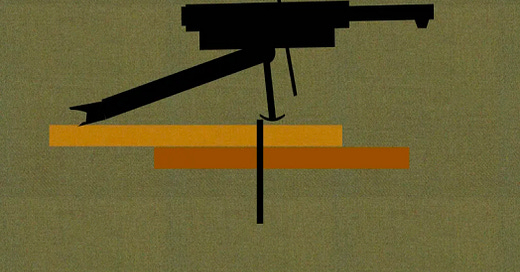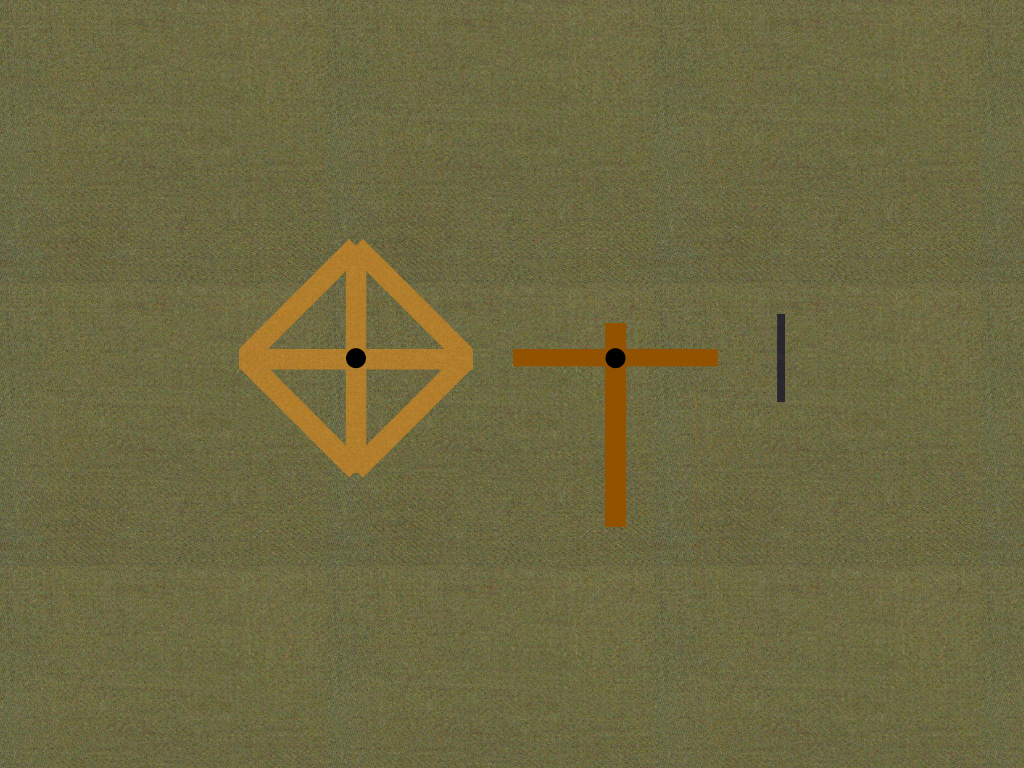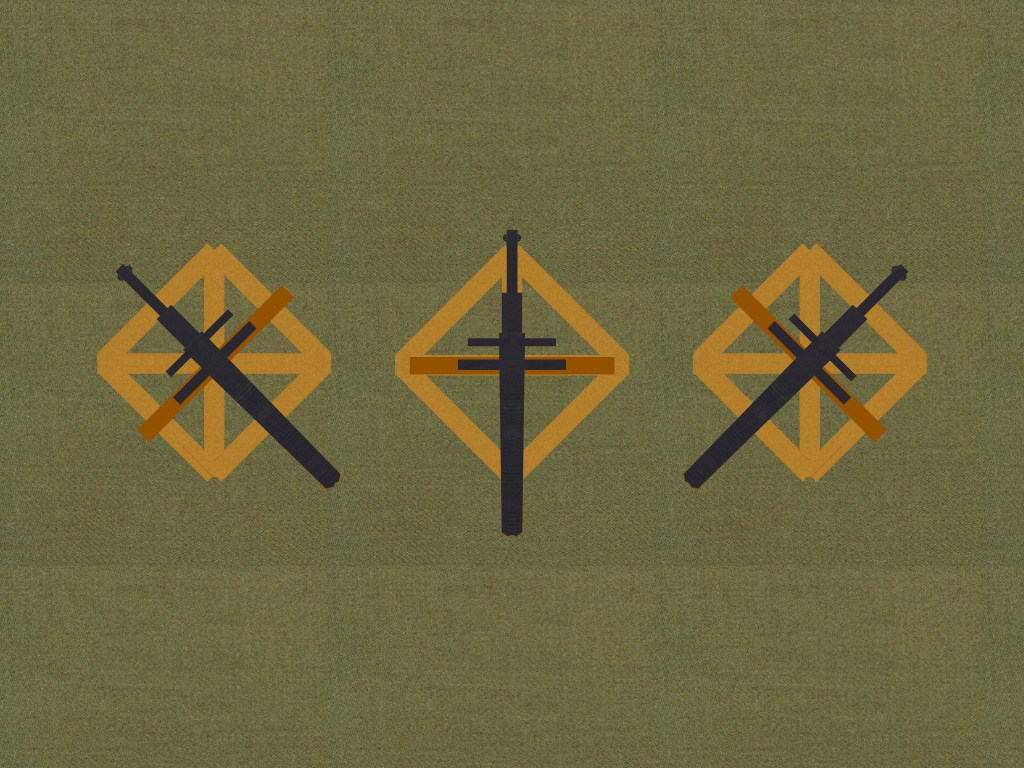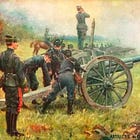The standard light field piece of the US Army and Marine Corps of the interwar years, the 75mm field gun (Model 1897), fired a sizable shell at a high velocity over a flat trajectory. Thus, from the point of view of ballistics, this piece, the French seventy-five, made an excellent anti-tank gun.
Unfortunately, when it came to tracking a moving target, the French seventy-five left much to be desired. If the crew wished to move the muzzle of the weapon more than six degrees in either direction, it was obliged to pick up the trail and reposition the weapon as a whole.
In 1931, Oscar Nelson Scherjeven (1886-1947), then a student at the US Army Field Artillery School, proposed a solution to this problem. He designed a simple device, made largely of wood, that would allow a crew of a French seventy-five to track a tank without lifting the trail of the piece.
The apparatus consisted of three main parts: a platform (made of wood), a moveable frame (also made of wood), and a piece of iron pipe. The gun was affixed to the moveable frame in a way that allowed both to move pivot around the piece of iron pipe a full three-hundred and sixty degrees.
Captain Scherjeven recommended that, after mounting the gun on the moveable frame, the crew remove the wheels from the piece. This, he explained, would made it easier to hide the gun from hostile eyes.
Source:
Captain O.N. Scherjeven The 75mm Gun Model 1897 (French) as an Anti-Tank Weapon (Student Paper) 1931
For Further Reading:
To Share, Subscribe, or Support:












If you take the wheels off of your piece, don’t expect to be able to leave in a hurry.
It is something like the mount for the German 88mm.